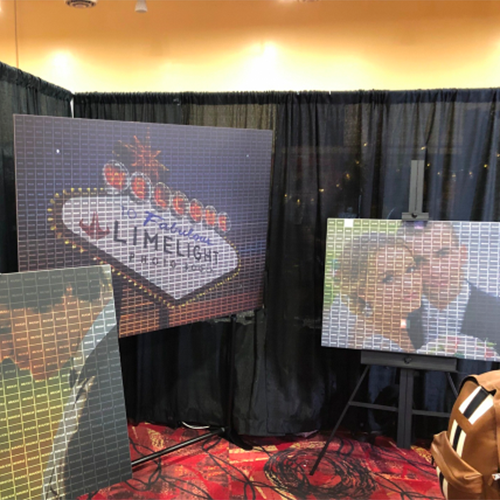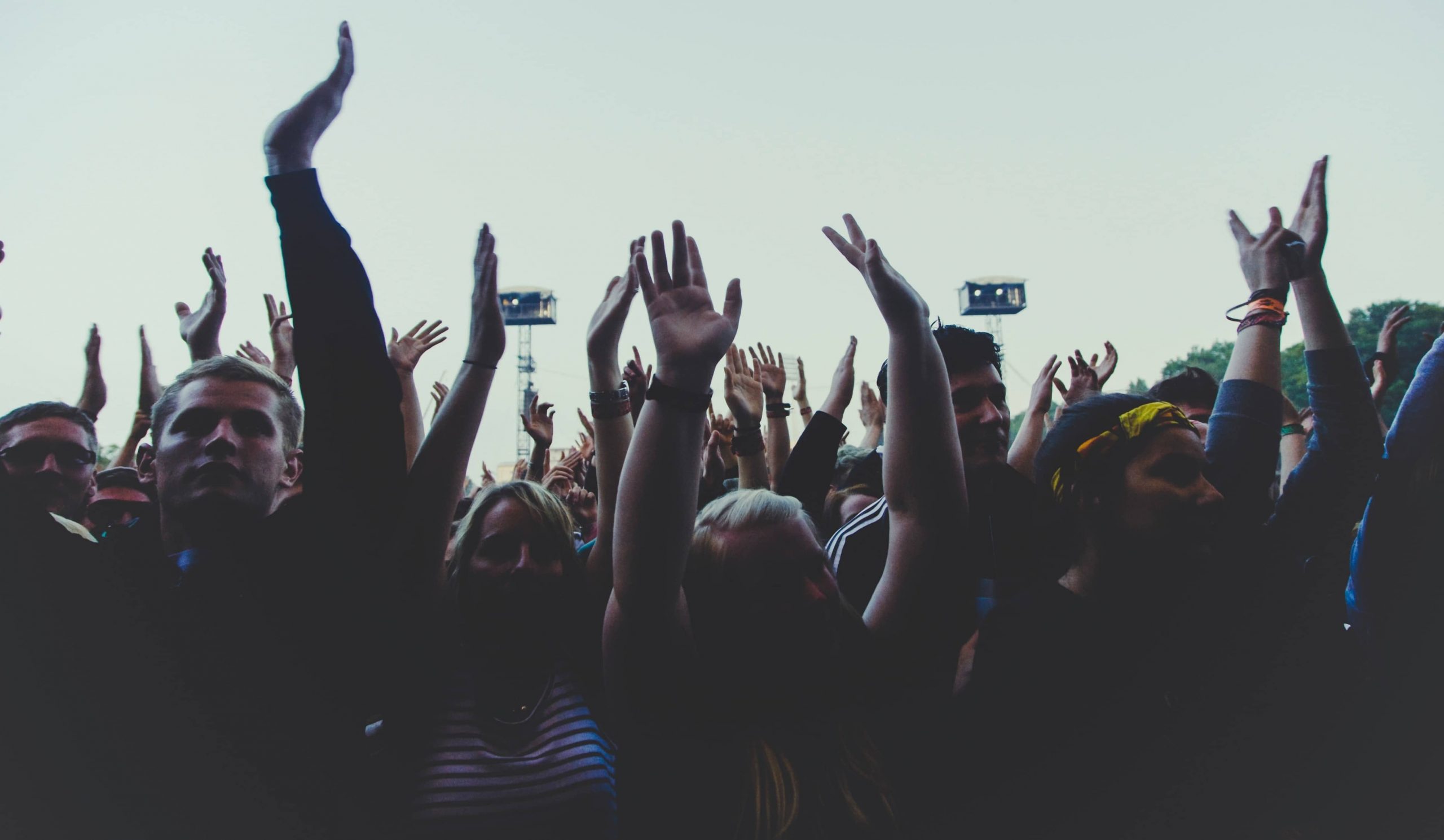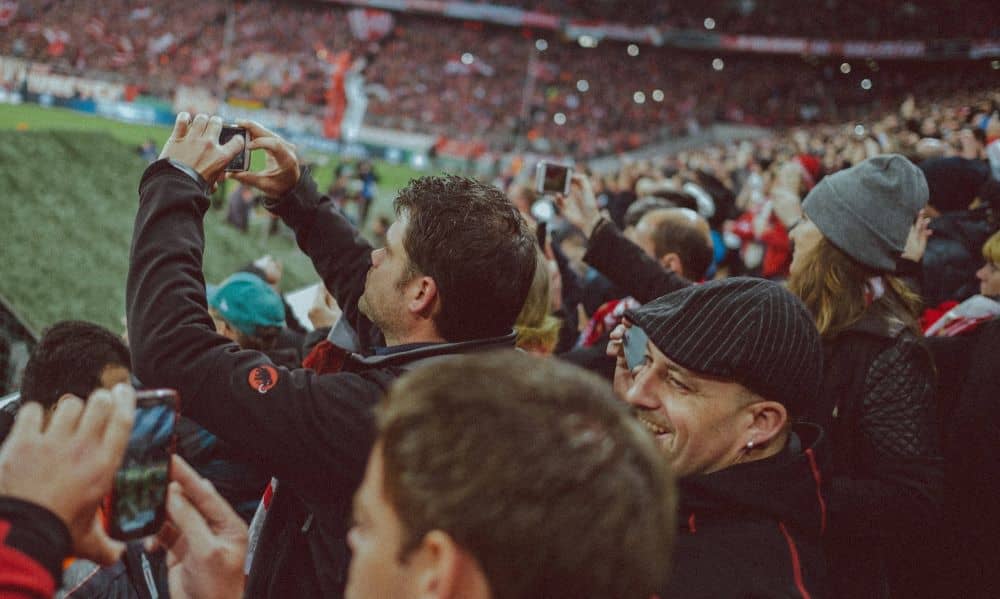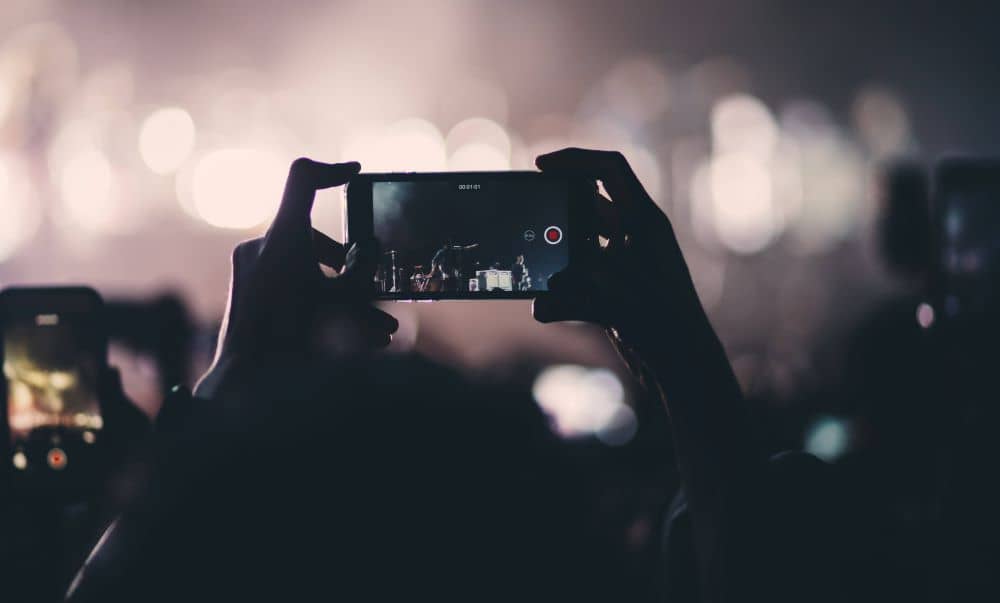The purpose of an event is always to develop your relationship with its attendees. An event will often follow a straightforward format, meaning there are distinct stages that can be planned and designed with objectives for the desired outcome.
As an event coordinator or committee member, you may not realise the event’s objective. This can happen with annual events where the same routine is followed without considering the purpose. Such repetitive events lack impact and fail to make a lasting impression on attendees, even if the objective is unknown.
The secret to a successful event is simple: know your event’s objective and focus your energy on delivering its intended goals.
“WHAT ARE YOUR EVENT OBJECTIVES?”
We have extensive experience in the event industry and if you have collaborated with us before, you may have heard us ask this question.
We ask this to grasp the event’s objective, attendees’ demographics and interests, and determine how we can support you in serving your audience, sponsors, and stakeholders effectively.
Here are four common event objectives we encounter and ways to achieve them effectively.
1. CREATE A CELEBRATION
Many events revolve around celebrating individuals, couples, clubs, or groups, such as milestone birthdays, weddings, sports awards nights, or work Christmas parties. People enjoy gathering to celebrate. Celebrations can have a shared focus, like a school graduation or Christmas party where all attendees are equal. Or, the event may revolve around one individual, such as a 50th birthday party, engagement party, or wedding. What is your collective focus?
Top tips to help your celebration stand out in the crowd:
- Understand your audience – Age, gender, interests (e.g. sports or art), etc. impact their motivators and passions. Find a common ground to bring your audience together by identifying this shared element.
- Capture memories – Photographers and photo booths are excellent choices for making celebrations memorable. A good photo booth company can create a themed space at the venue with personalised photo booths, backgrounds, and props to encourage guests to have fun and capture candid moments. These can include prints for guests and an online gallery to share the memories long after the event.
- Offer interactive highlights – Add excitement to the ordinary with creativity. Instead of a seafood platter, have an oyster shucker, or a live auction instead of a raffle. Elevate a standard photo booth with a standout option like a 360 photo booth. Don’t settle for ordinary; seek opportunities to entertain and create memories that guests will talk about for weeks or even years.
- Make it personal – Personalized elements that surprise guests will have the biggest impact. Use opportunities to tell a story for the greatest effect. For example, a wedding we worked on had a custom prop depicting a Tinder “match” screen for the couple who met on the dating app. This provided a fun and meaningful prop for guests to interact with and engage with the couple’s story.
- Honour the People Central to the Celebration – If the event is a birthday, include personal elements such as their favourite colour, music, activities, or light-up letters showing their age. For a sports club event, celebrate personal and team achievements. Props and elements relevant to the theme will honour the central figures in the celebration that everyone has gathered to celebrate.
2. BRAND POSITIONING
Your brand reputation is shaped by what people say about you when you’re not present. In the events industry, every interaction during and after your event will impact how attendees perceive and talk about your brand.
Consider brand association when integrating sponsors into your event. Ensure alignment with both your and the sponsor’s brand attributes, and consider how the sponsorship will interact with attendees. Consider brand positioning and the goals of both you and the sponsors, whether it be brand association, content creation, or product launch.
Exposure
Consider exposure value when assessing sponsorship investment or branding. Look for efficient options like multi-use signage (such as event signage and wayfinding by Publik), and incorporate brand elements into entertainment choices. Offer take-home items to extend brand exposure beyond the event, such as by sharing on social media.
Consistency
Ensure Consistency with your brand – The experience offered to event attendees must match your brand. Contractors’ quality and performance will reflect on you and your brand, so choose wisely to ensure alignment.
Alignment
Consider if the supplier’s content and production style match your brand’s image. Are you a premium and contemporary brand, or vintage and traditional? Choose a supplier that aligns with your brand values or can effectively represent your brand to your audience.
Relevance
Ensure that your event content is tailored to your audience and makes an impact. Avoid sticking to outdated ideas, always strive for growth and work with suppliers that bring fresh ideas and innovative activations. Don’t miss opportunities to provide an engaging experience to all attendees. For example, a small activation at one area of a concert venue with 10,000 guests may be missed.
Consider Shorter Activations – Breaking down a long activation into shorter periods at various points in the venue can be more effective in reaching more attendees. On the other hand, exclusivity adds value. If offering a premium experience to only a select group of VIP guests provides status and FOMO, it can justify a higher ticket price or offer prestige for a particular sponsor.
3. AUDIENCE ENGAGEMENT
Once the attendees are in the venue for your event, we have very specific windows of time to engage that audience.
For example, during a sporting event, fans are focused on the game and players, but organisers have limited time to engage them. The outcome of the game can impact emotions and influence their experience. To control the non-game aspects of the event and enhance the attendees’ experience, organisers need to think creatively.
Simply ask yourself the following questions:
Who Is Your Audience?
Knowing your audience is crucial. What’s their age and gender? What are their favourite activities, and places to eat, and how do they engage online? Understanding their social media habits will help you tailor your content and marketing to reach them effectively, and they may even help spread your message if they find it relevant.
Where Is Your Audience?
Knowing the background of your audience is key in selecting the right entertainment. To engage a young teenage crowd, consider offering a digital experience like a TikTok Video Booth or a photo/video opportunity to put them in the shoes of their favorite artist or athlete.
When tailoring your event to your audience, it’s important to know their age group. For a younger audience, a TikTok Video Booth could be a hit, while a printed photo booth might be more suitable for an older crowd. Consider the social media platforms your attendees frequent and choose a digital solution accordingly, such as Instagram or Facebook.
Are There Any Passion Drivers? (Milestones, Personalities, Etc)
To strengthen the connection between your event and its audience, identify shared passions and opportunities for unity. Clearly communicate how attendees can participate and express themselves through dress codes, actions, or sharing a message. This will increase the bond between attendees and with the event, potentially leading to passionate amplification of your cause.
How Do You WOW Your Audience?
Attendees come to your event for entertainment, so aim to exceed their expectations and create lasting memories. Elevate the experience by adding elements they don’t expect, taking risks, and increasing engagement. Decide whether the focus should be on immediate gratification or leaving a lasting impact through shared online content from the event.
An existing asset like a big screen can be utilised to entertain at events. This can be done during downtime or prior to a concert, for example. Our Mosaic Photo Wall is a perfect activation to utilise a big screen as it takes individual photos of fans that come together in a large jigsaw-style mosaic image. This is visually appealing and also makes the event attendees feel part of the bigger experience.
How Will You Measure Success?
Measuring the return on investment (ROI) of marketing and event delivery is crucial to determine their effectiveness and future viability. Qualitative feedback is valuable, but quantifiable data such as surveys or analytics provides a more concrete basis to evaluate ROI and make informed decisions for future events, attracting sponsors and budget allocation.
4. DATA CAPTURE
Effective direct marketing is crucial. Many companies allocate a significant portion of their marketing budget towards acquiring and utilising data through multiple channels. Although this is a more advanced objective for events, data becomes increasingly important as it allows for easier and potentially recurring gathering of a large audience.
Knowing more about your audience, such as in a local sports team’s home game, enables better serving them. Data also creates opportunities for attracting and retaining sponsors, but it’s crucial to be cautious about how you plan to use it.
Here are five points to consider and why they are important:
- Privacy Matters – Be aware of privacy laws – Unsolicited direct marketing can not only be irritating but is also against the law in Australia. It is important to follow the guidelines of the SPAM Act 2013, which covers opt-in and unsubscribe requirements among other things.
- Knowledge is Power – Acquiring attendee information can enhance your database and provide a better understanding of your customers to effectively cater to their needs. Ticket buyers may not always represent the actual attendees, so gathering details of previously unidentified attendees can add value. Additionally, promoting events or activations that allow you to gather information and permission to contact potential customers about future events and offers can expand your database.
- Data is Valuable – Consumers are cautious about sharing personal information due to privacy concerns. Companies ask for this information, but savvy consumers are aware of its value and expect something in return. Privacy laws offer some protection, but consumers are still cautious.
- Barriers to Entry – “Barriers to entry” are obstacles that discourage a consumer from providing their information. Customers weigh the hassle and effort of sharing their data, and barriers such as lengthy surveys or the expectation of receiving marketing emails can make them reconsider.
- What’s in It for Your Audience? To effectively gather data, consider your audience’s perspective. Determine what valuable reward you can offer in exchange for their information. The more impressive the reward, the more willing they will be to provide their data. Ensure the reward, such as a photo booth experience, stands out and cannot be easily replicated with a personal device.
ACHIEVE SPONSORSHIP SUCCESS
For a more in-depth look into event sponsorship, check out the following eBook by Sponsorship Success: 5 Steps To Sponsorship Success.




